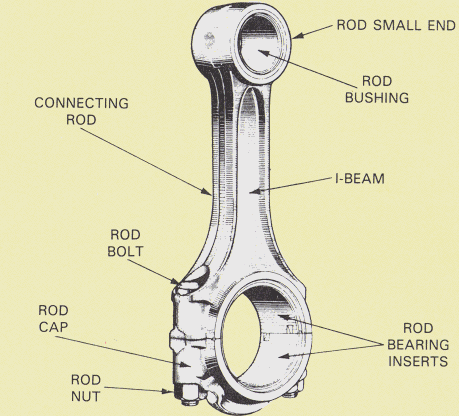Cooling System:
The main job of the cooling system is to keep the engine from overheating, to do this it transfers the heat to air.
Visual Inspection:
Before you test the cooling system you must first check the radiator to see if it is damaged or not and check for corrosion.

Checking the radiator cap:
First you check the condition of the cap, and I found the cap was in good condition.
To check the pressure that the cap should release at is located on top of the cap. (should be around 0.9 psi).
Check hoses for damage:
Visually and physically inspected the hoses for wear and tear.
Specific gravity of Coolant:
Use a hydrometer to measure the specific gravity of the coolant in the system.
First you check the condition of the cap, and I found the cap was in good condition.
To check the pressure that the cap should release at is located on top of the cap. (should be around 0.9 psi).
Check hoses for damage:
Visually and physically inspected the hoses for wear and tear.
Specific gravity of Coolant:
Use a hydrometer to measure the specific gravity of the coolant in the system.
































